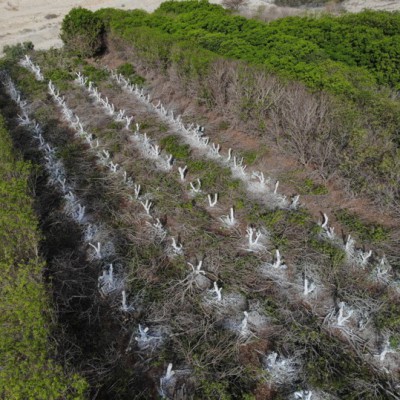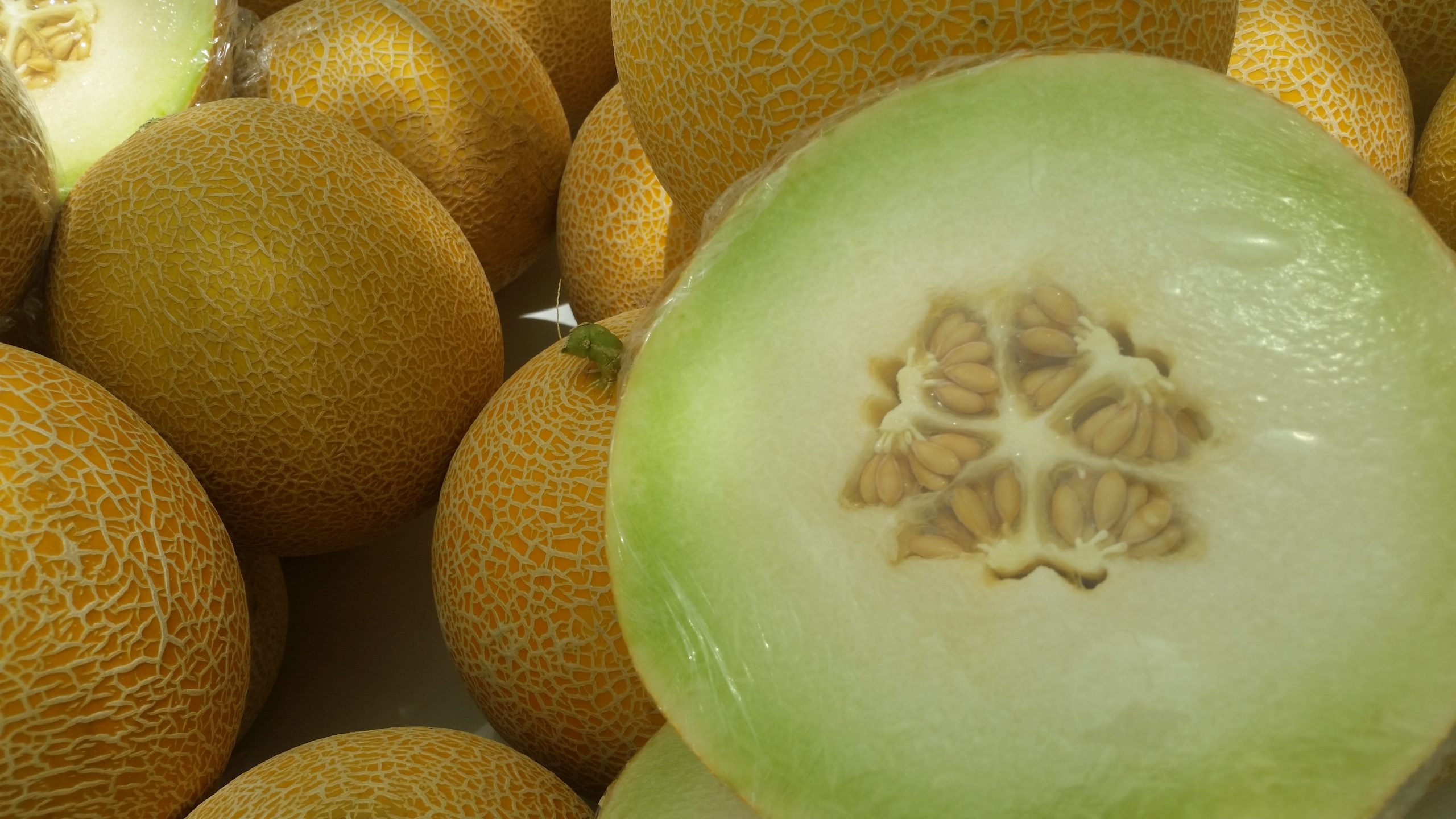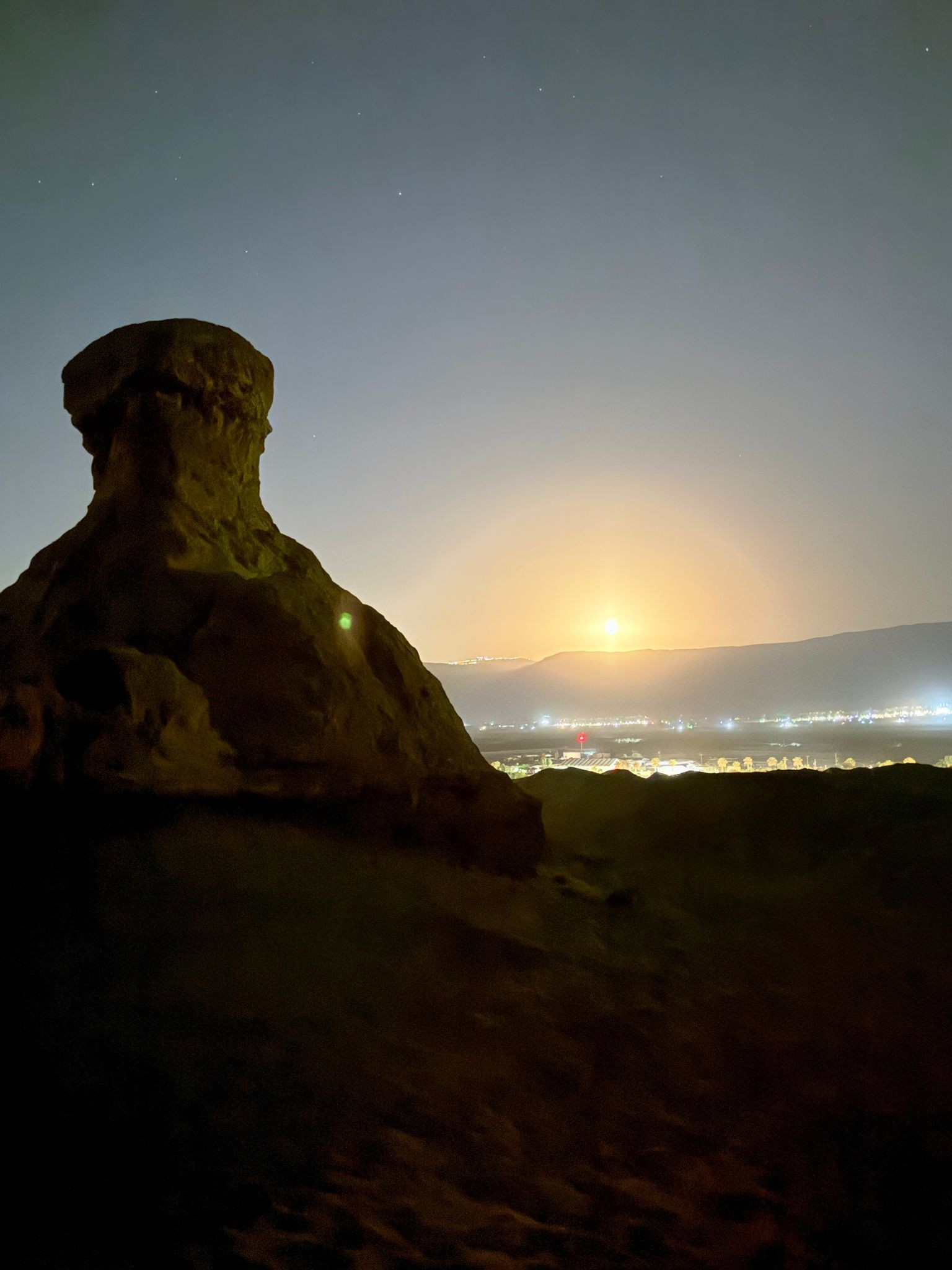Environment and Agriculture
In these days of the unknown; lockdowns, climate change, technology advancement and masked faces, it seems that agriculture has been left behind. Having faced a difficult few years, today we are seeing major changes in the cultivation of crops for different purposes.

AGRICULTRE IN EXTREME CONDITIONS
In these days of the unknown; lockdowns, climate change, technology advancement and masked faces, it seems that agriculture has been left behind. Having faced a difficult few years, today we are seeing major changes in the cultivation of crops for different purposes. The world of restaurants and cafes has come into its own, with many people spending more money on eating out at a bar/pub/café or restaurant than they do on their weekly groceries. Vegans are very much in the headlines and a great awareness of healthy food has made us look a lot closer at agriculture.
Here at the Judean Desert, Neot HaKikar and Ein Tamar have continuously, over the years, battled the elements, invested time, effort and money in research, education, agriculture engineering, irrigation, cultivation techniques and so forth. The arid conditions, scarcity of water sources, extreme temperatures and salty air (due to the proximity to the Dead Sea), make the farmers life difficult to say the least. But, it is without a doubt that the crops produced in this area are some of the best in the country.
These two villages, sitting side by side in the southern region of the Tamar district, incorporates 130+ properties of which not all are farmers but the majority most certainly farm and possible hold down other employment. The land that is farmed is approximately 10,000 dunums in total. The water source is local but generally very salty water as well as salty ground, making farming in the region particularly difficult. However, the experienced famers have many techniques to cope with the problem. For example, plastic lining is laid on the ground with openings for the roots to grow through. This allows the fruit/vegetable to grow above the plastic and therefore has little or no contact with the ground. The most popular crops in this area are melons and watermelons. They are produced for the national market and are extremely popular because of the succulent, sweet flesh of both varieties. Many families have a date grove where they harvest the dates for international distribution. They are marketed all over the world, under the title ‘Dates from Israel’ and again, are very popular. Due to the hot climate in this region the harvest is very early on and so their dates are one of the first to reach the supermarket shelves. Basil and other herbs and spices are also grown in these communities and marketed mainly to Europe and Russia. Next we have bell peppers which are grown on a trellis in order to prevent contact with the salty soil. The farmers are subjected to grueling climate conditions, sometimes tilling the land in temperatures of 45 degrees centigrade. However, their produce certainly seems to enjoy the heat and dry atmosphere, so their hard work certainly turns a profit.
At the northern end of the Tamar region, on the mountain plateau, sits Kibbutz Ein Gedi. So little land for farming surrounds this community but since their establishment in the 1950’s the highly motivated members have cultivated fruits and vegetables. At that time there was no road connecting them to ‘civilization’ and the produce was mainly for their own consumption. Tomatoes were eventually taken by boat to the northern end of the Dead Sea lake, transported by road to Tel Aviv and then sold at market. Until today, Ein Gedi tomatoes are sold in the supermarkets, but they are not grown in Ein Gedi! As the community grew and branched into different business directions, the agriculture remained with Dates mainly. A few trials and errors were made with mangoes and melons but were ultimately unsuccessful and abandoned, so the date plantations expanded and became a main source of income for the kibbutz.
Today the kibbutz has invested in recroping the nearby lands with a different type of mango, Shelley, and avocados. Further south from the plateau the kibbutz farmers are planting grapes for both wine and consumption. The knowledge and expertise required is outsourced but the youth of the community are being trained to take over in the future. A partnership has been established with an agriculture cooperative and wheat, potatoes and carrots are being being farmed in the southern region of Israel. The irrigation for all these farms and plantations is from local sources and includes water from streams, springs and drainage. It is hoped that this surge in farming will be profitable for the community and will provide a secure future alongside the tourism for years to come.











